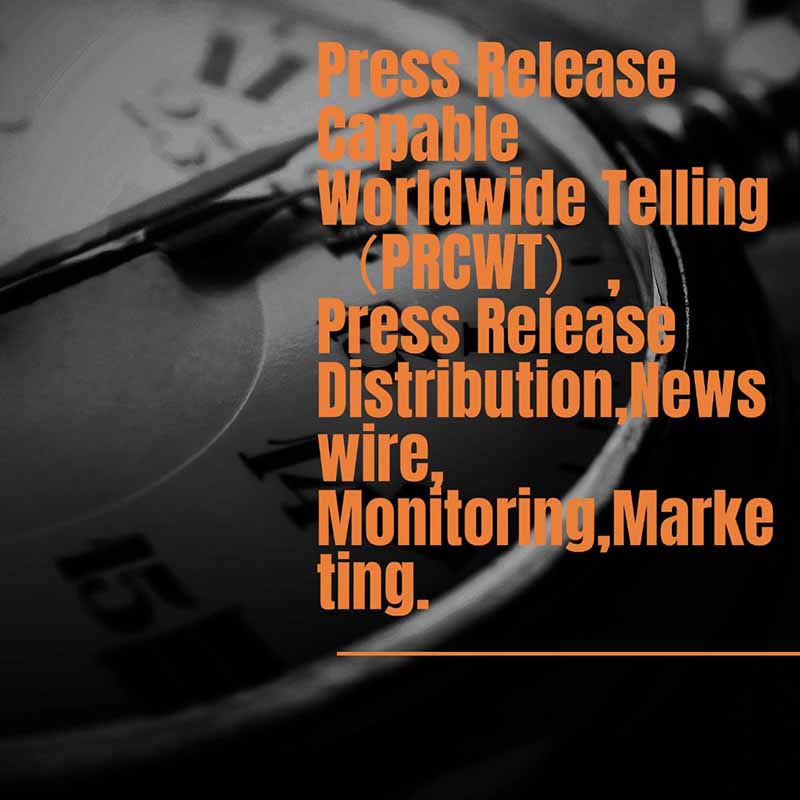In the digital age, media monitoring has become an essential tool for businesses and organizations to stay informed about the latest trends and conversations in the market. It involves the systematic tracking and analysis of various media sources, such as social media, news websites, blogs, and online forums, to gather valuable insights about public opinion, brand perception, and market sentiment.
One of the key benefits of media monitoring is its ability to provide real-time information about what people are saying about a particular brand, product, or service. This can help businesses identify potential issues or opportunities early on and take appropriate actions to address them. For example, if a negative trend is emerging in the media, a company can quickly respond with a damage control strategy or a proactive communication campaign to manage the situation.
Another important aspect of media monitoring is its role in measuring the effectiveness of marketing and communication efforts. By analyzing the media coverage and social media engagement of a particular campaign, businesses can determine whether it is achieving its intended goals and making an impact on the target audience. This data can then be used to optimize future campaigns and improve the return on investment.
In addition to these benefits, media monitoring also offers valuable insights into the broader social and cultural context. By tracking the conversations and trends in the media, businesses can gain a better understanding of the values and interests of their target audience and adapt their marketing strategies accordingly. This can help them build stronger connections with consumers and create more relevant and engaging campaigns.

Overall, media monitoring is a powerful tool that can provide businesses with a competitive edge in the marketplace. By staying on top of the latest trends and conversations, they can make informed decisions, manage risks, and build stronger brands.